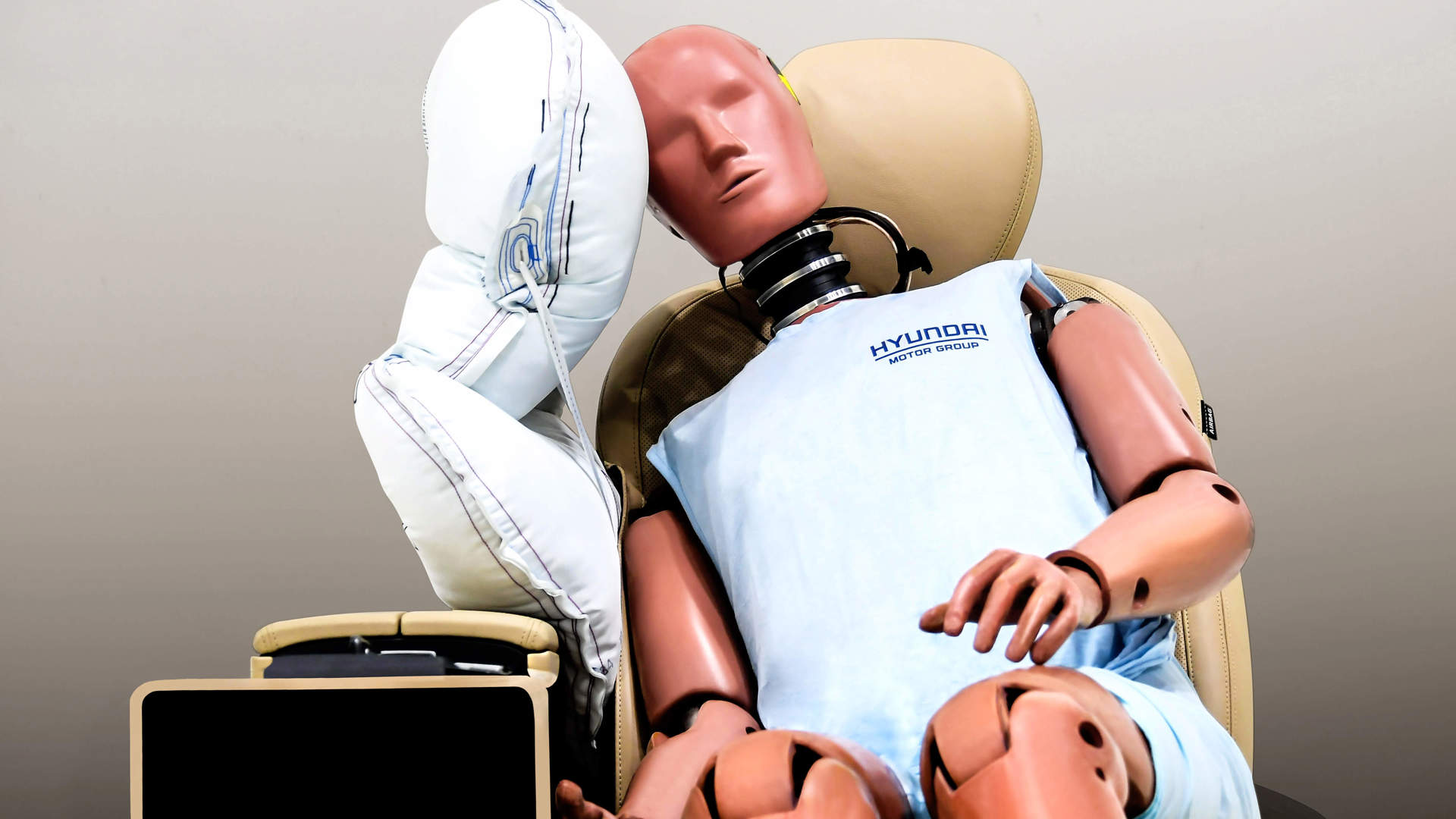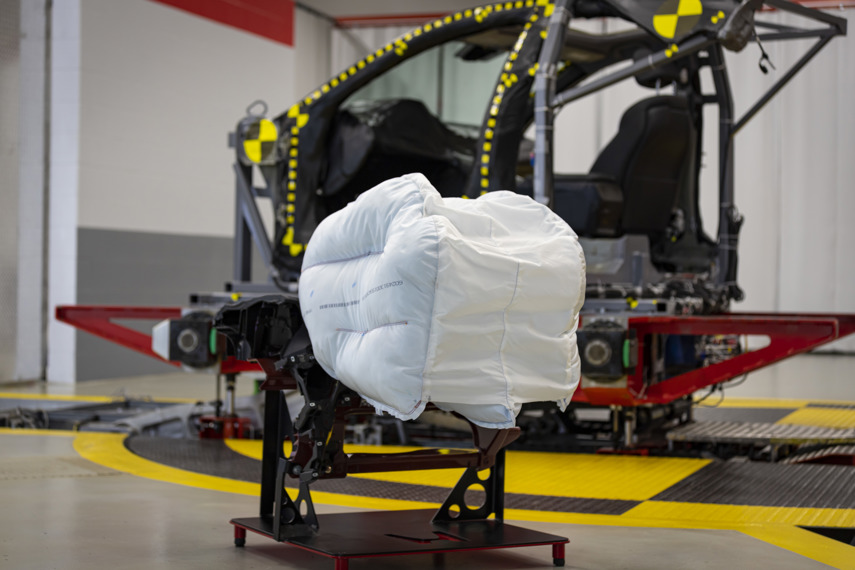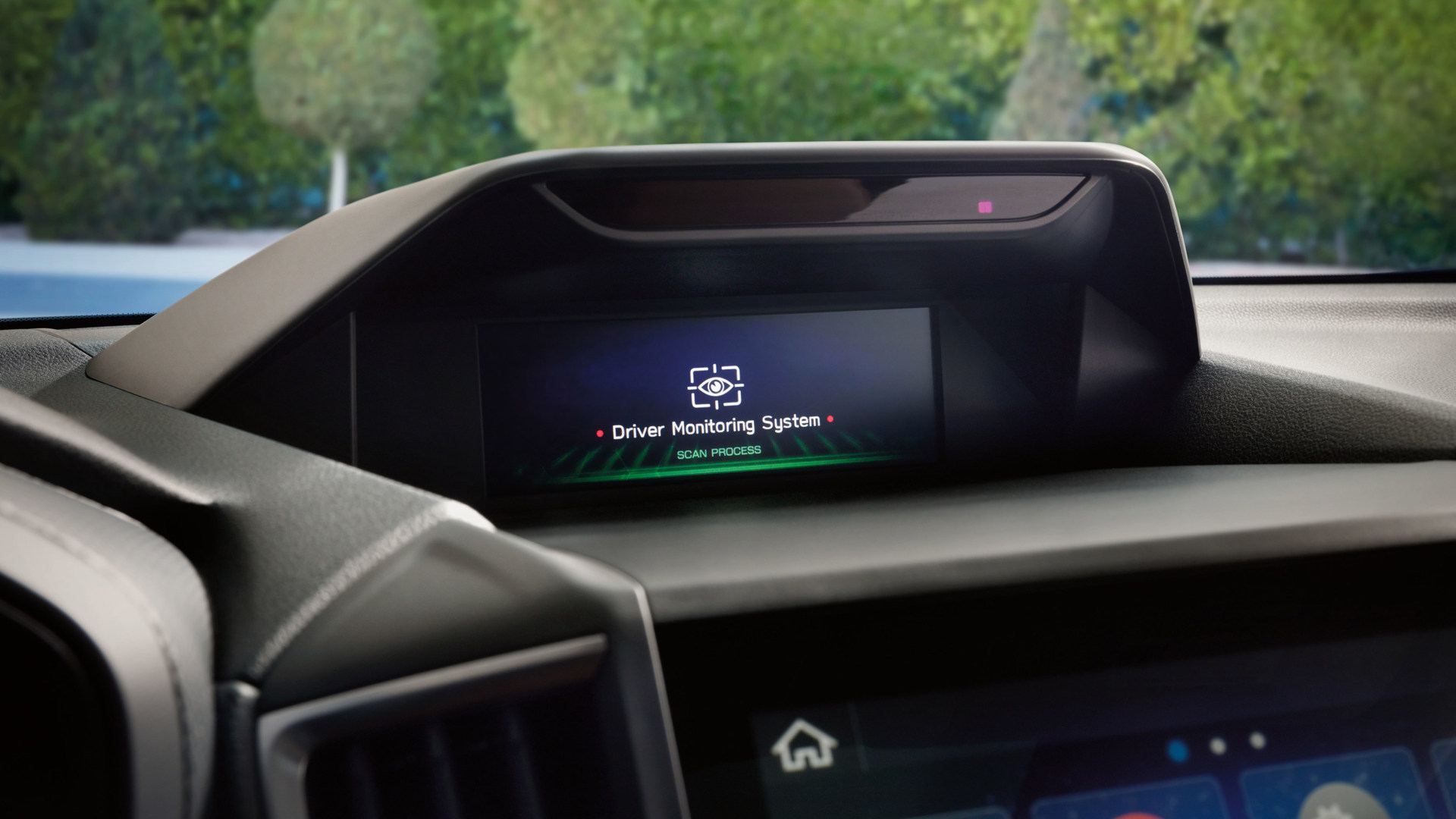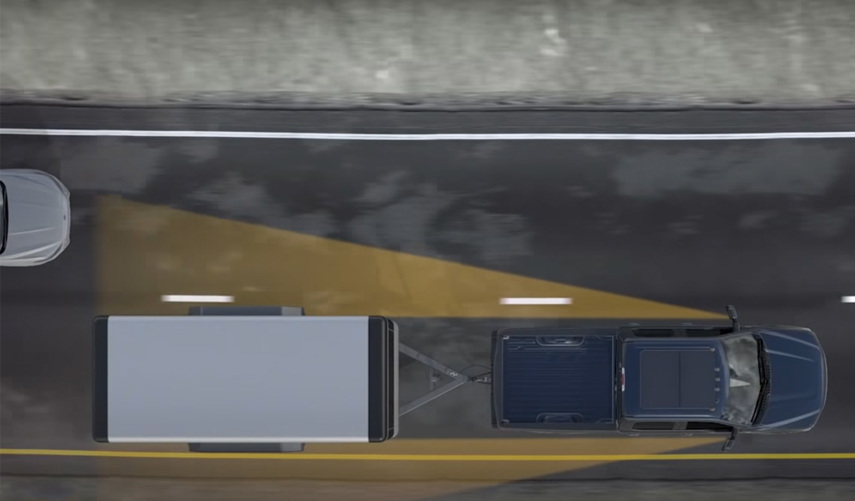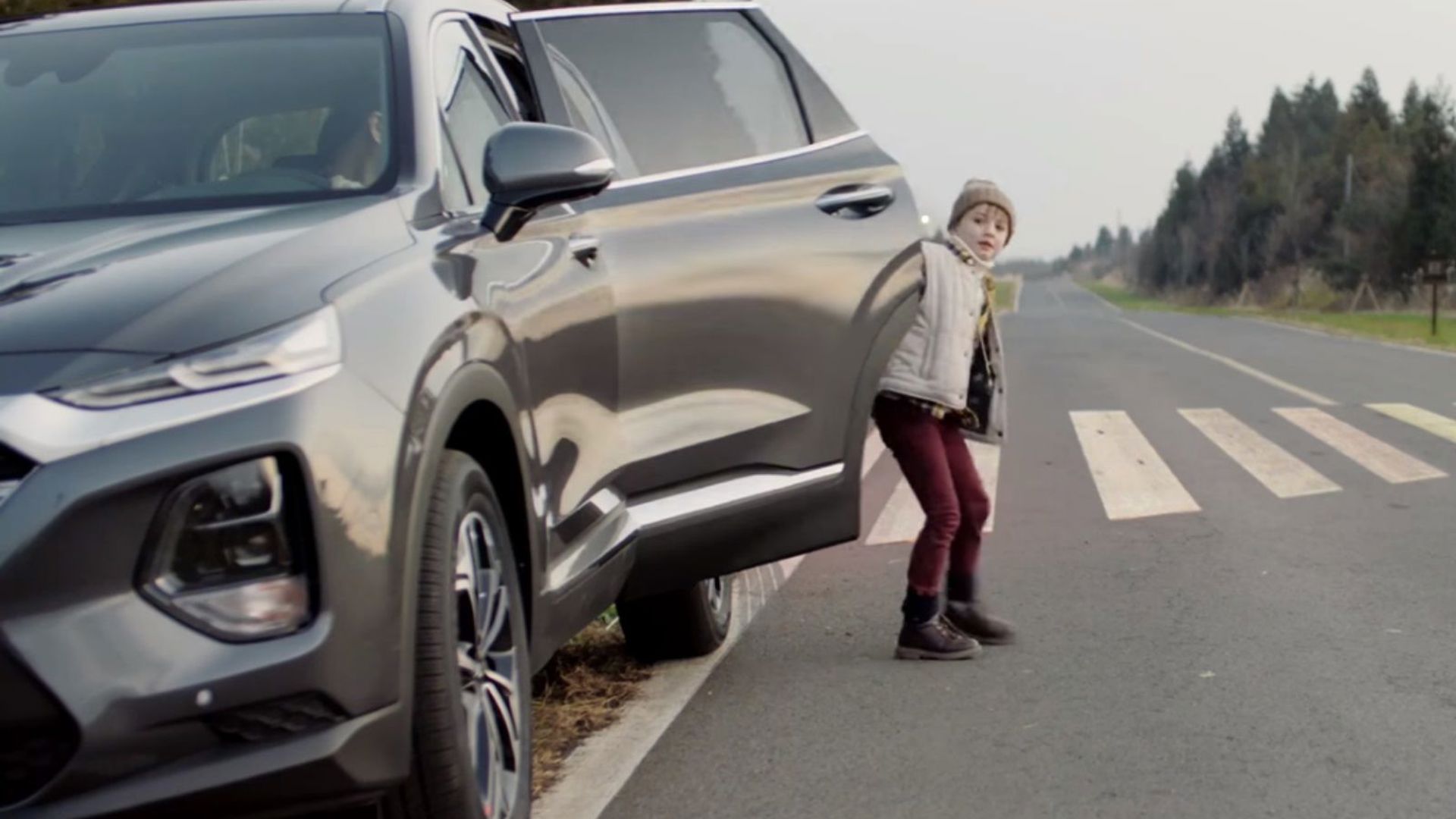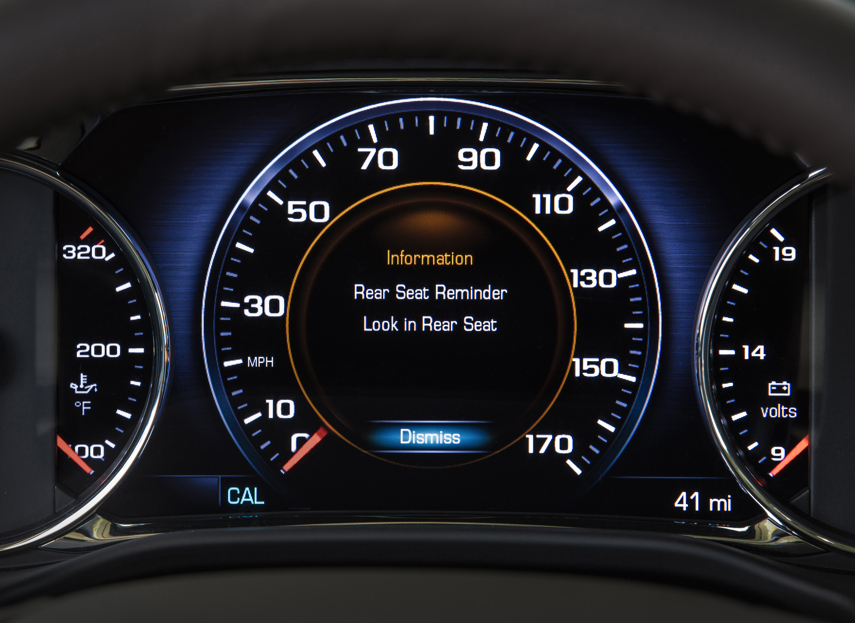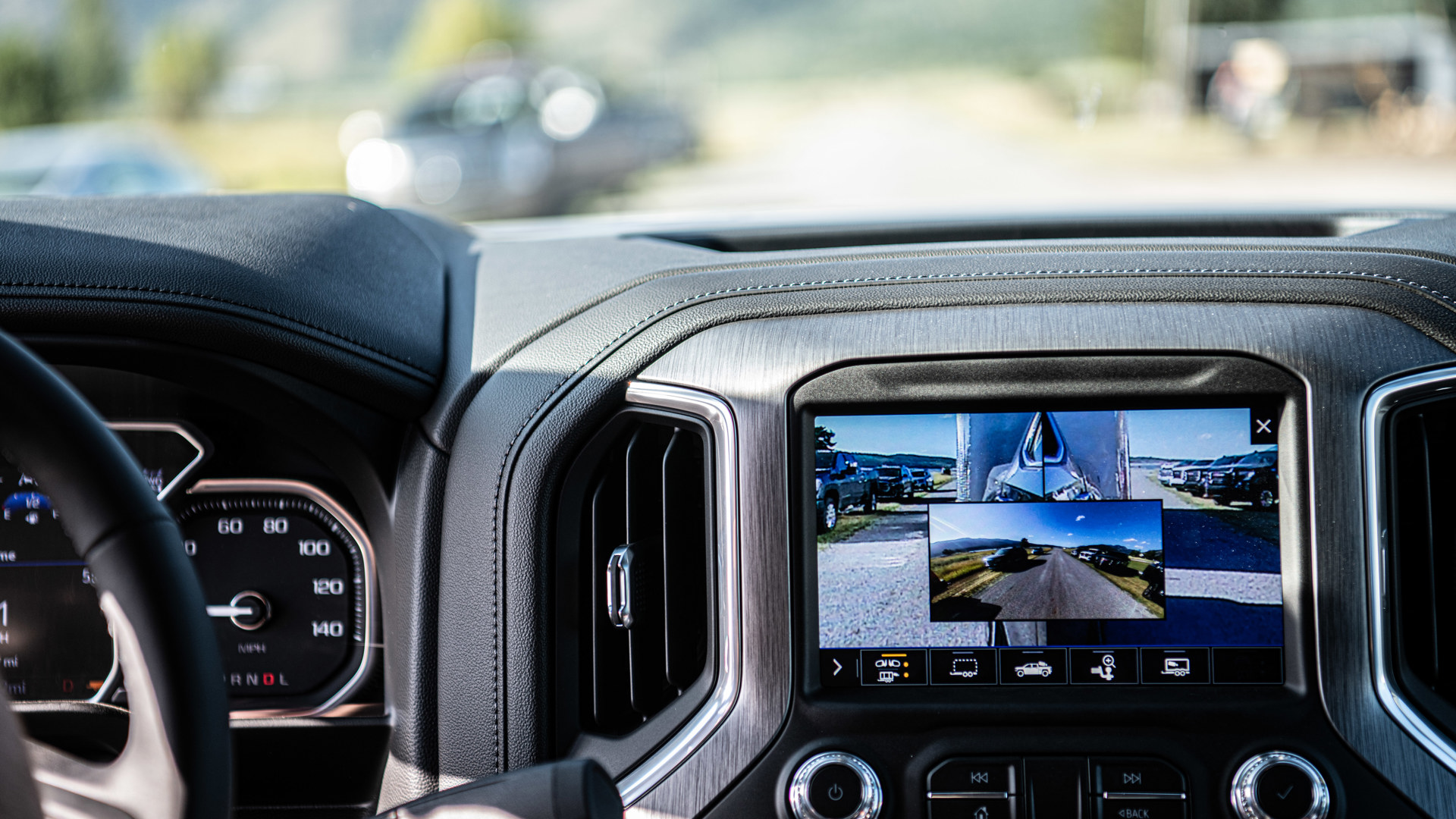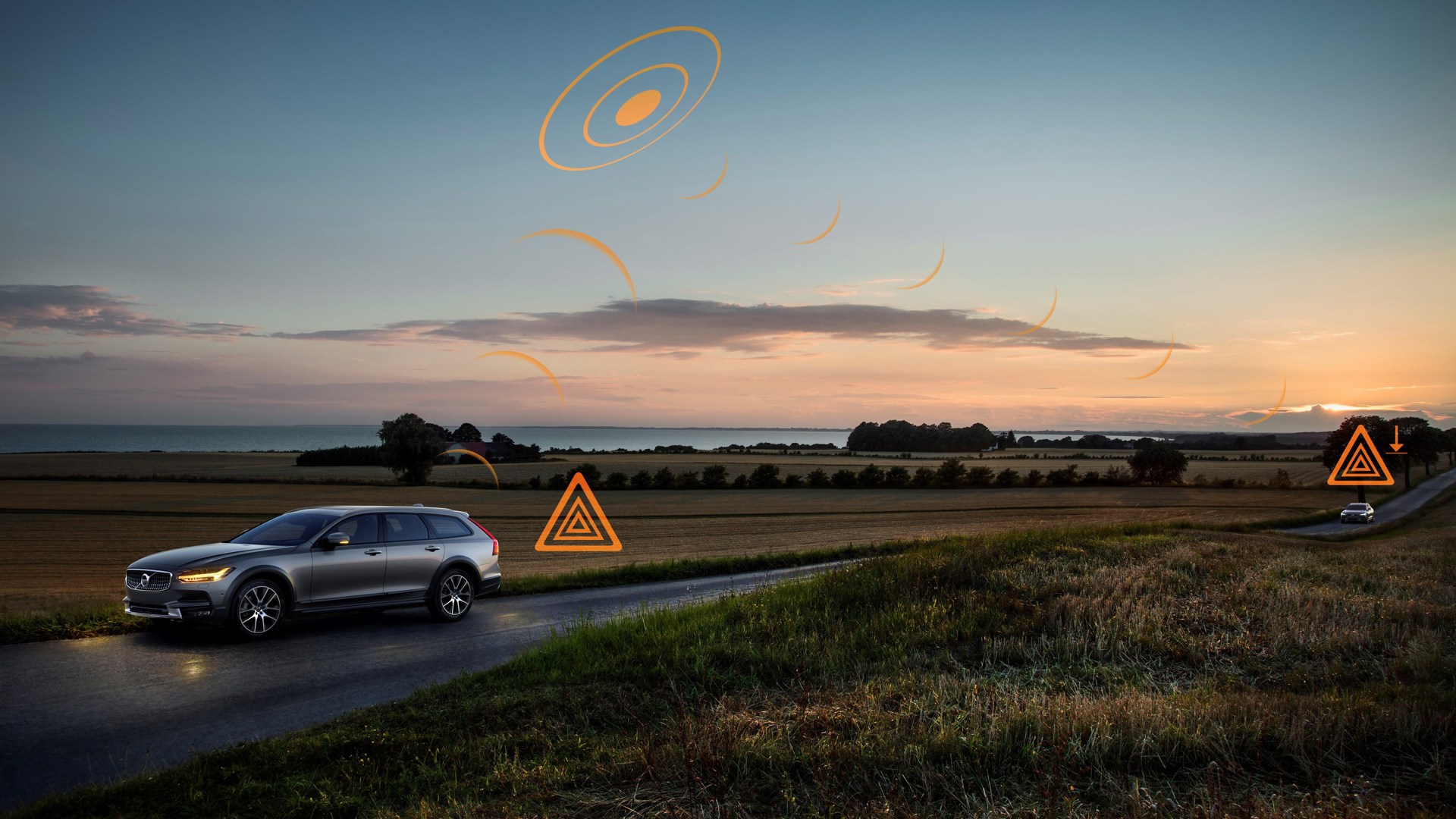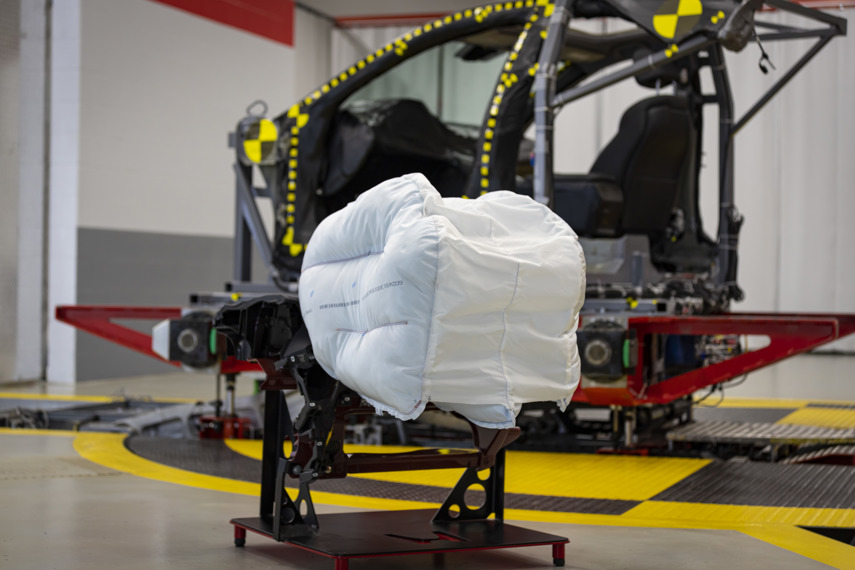Cars today are safer than they've ever been. Better design, better restraints, and all sorts of electronic driver aids have helped to cut the number of injuries and fatalities on Canadian roads. 2017 saw the lowest rate of fatalities in vehicles in Canada since data collection began, with the figure half of what it was in 2001. But that doesn't mean that automakers are resting on their laurels when it comes to protecting you behind the wheel and those around you. New vehicle safety features are being introduced every year, and they're more high-tech than ever. Here are what we think are the nine best to be announced or launched for 2019.
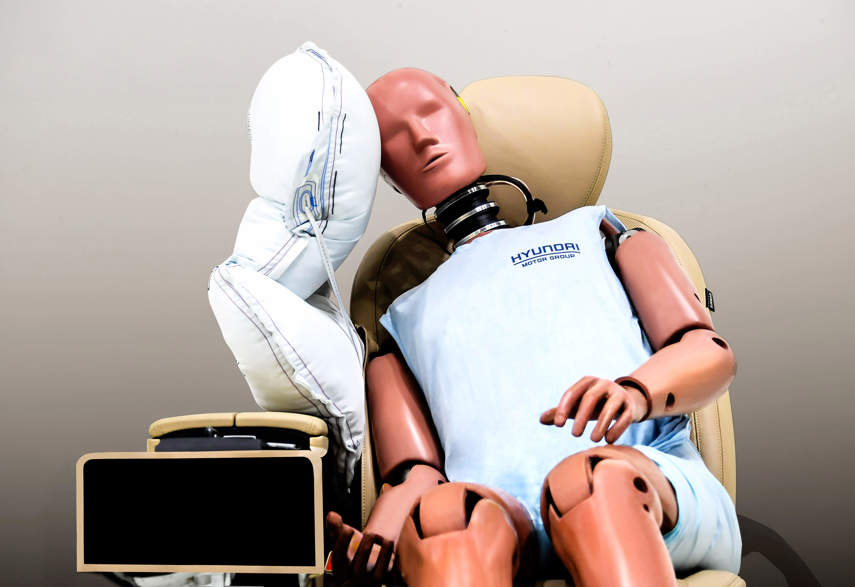
Hyundai Centre Airbag
This one is the latest to be announced, and the one that inspired this list. While you might think that every inch of a car is covered by inflatable safety cushions already, automakers are working on still more. The Hyundai centre airbag is designed to inflate from the right-hand side of the driver's seat to make sure that driver and passenger don't butt heads in a collision. Hyundai says that the center bag could reduce head injuries from driver and passengers hitting each other in a crash by 80 percent. It also pioneers a new airbag design that is lighter than current models allowing seat designers more flexibility on how they build a seat.
Honda Catcher's Mitt Airbag
Hyundai isn't the only automaker working to make new and innovative airbags. Honda recently revealed a version that works like a baseball glove that's designed to catch, well, you.
The company said that research showed a high risk of brain damage in collisions because of rotational forces. Your head hits the bag not quite right, or the car is moving about more than one axis, and your head is deflected – sliding or bouncing off the airbag. It can cause a concussion, coma, or worse.
The new bag uses three inflatable elements and ensures that your head is caught by the airbag and then supported and guided. Instead of deflecting and striking other parts of the car. Honda says it will add more safety in more types of crashes.

Audi Pre Sense Side
There are other ways to help reduce the amount of harm suffered in a collision. Audi has recently launched one of the more innovative systems to help accomplish that. Audi Pre Sense Side detects an imminent side-impact collision and takes action. It activates the hazard lights to alert other drivers after the crash, tightens the seatbelts to hold you in place, and even moves your seat to an optimal position for safety as well as closing the windows. If the collision is detected to be at more than 25 km/h, cars equipped with Audi AI active suspension will rise to the occasion.
The will lift the side of the car that's going to be hit by up to 80 mm. Within half of a second. That moves the impact to a lower position on the body of the car which allows more of the impact to be absorbed by the much stronger side sills and floor rather than the doors and B-pillar alone. Audi says it reduces cabin deformation and loads on the occupants up to 50 percent.
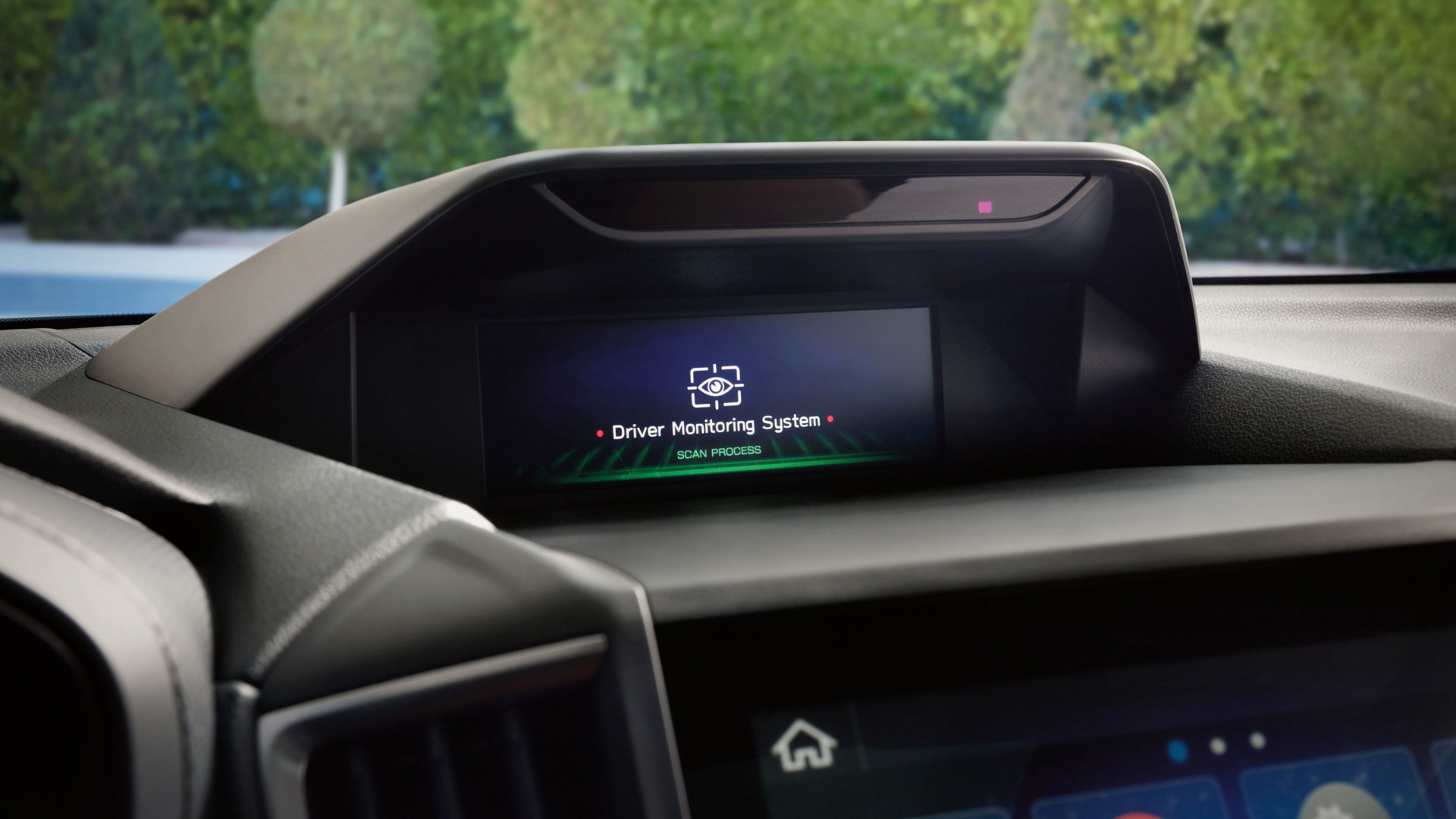
Subaru Attention Monitor
Better safety in a crash is great, but preventing a crash is even better. Automakers are working on that, too. Subaru has added a new feature to its EyeSight active safety suite that's designed to keep your eyes on the road and off your phone.
Called Subaru Attention Monitor, it's got its eye on you – scanning your eyes to make sure you're scanning the road. Even for drivers wearing sunglasses, it can tell that you're looking at your phone (or turned around yelling at rear seat occupants) and not the road. The system then beeps, and shows a dashboard alert, reminding you to keep your head up.
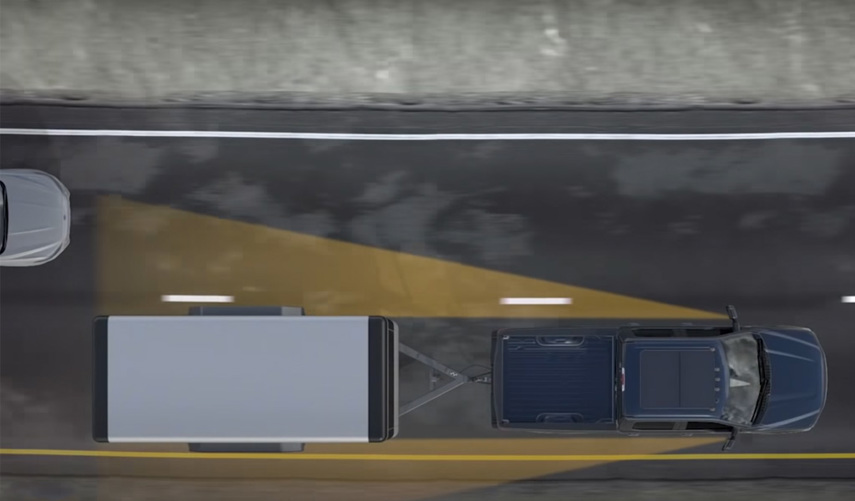
Trailer Blind Spot Monitoring
Towing a trailer, especially if you're not used to it, can be a stressful challenge and that's before you have to deal with fun distractions like highway traffic. Ford, on the new F-150, and Ram, on its latest 1500 truck, have added blind-spot alerts that can adjust to take into account your trailer. Ram's can automatically detect trailer length, Ford requires you to enter it manually. Either way, the trucks will give you an alert if there's a vehicle beside your pickup or your load.
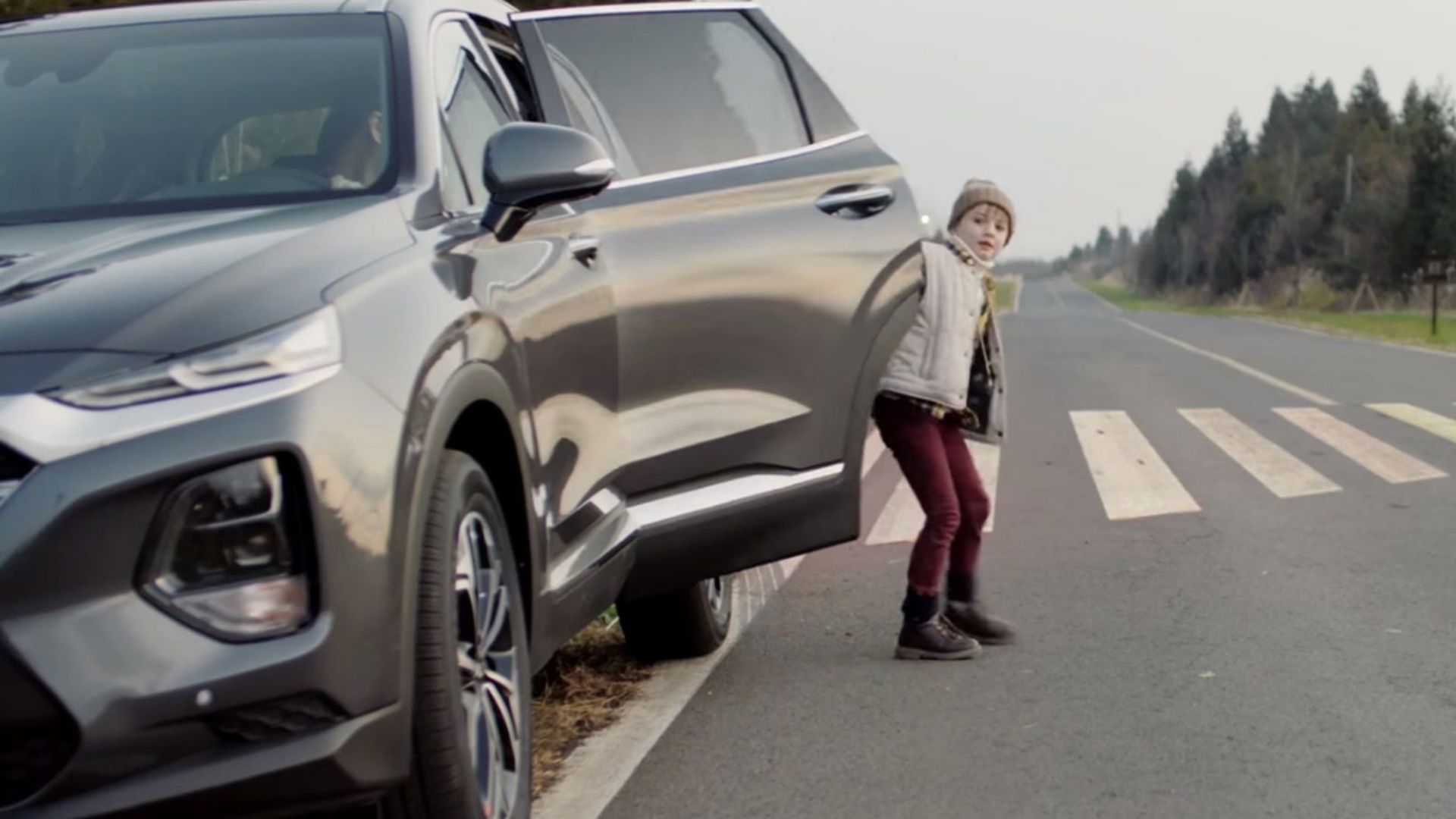
Safe Exit Warning
A big danger in areas urban areas, especially those with lots of active transportation, is opening your door into a cyclist or another car. Automakers are working on ways to stop that from happening. Audi does it using the side-assist radar sensors. If an approaching object is detected, it uses the blind spot lights to alert you to not open the door. It stays on for up to three minutes after turning off the car.
Hyundai uses a similar system, linked to the child safety lock. You need to have that on for it to work. If it detects an oncoming vehicle, Safety Exit Assist sounds a chime and shows a dash alert, and won't let you unlock the rear door until the approaching car has passed, keeping kids safe in the back.
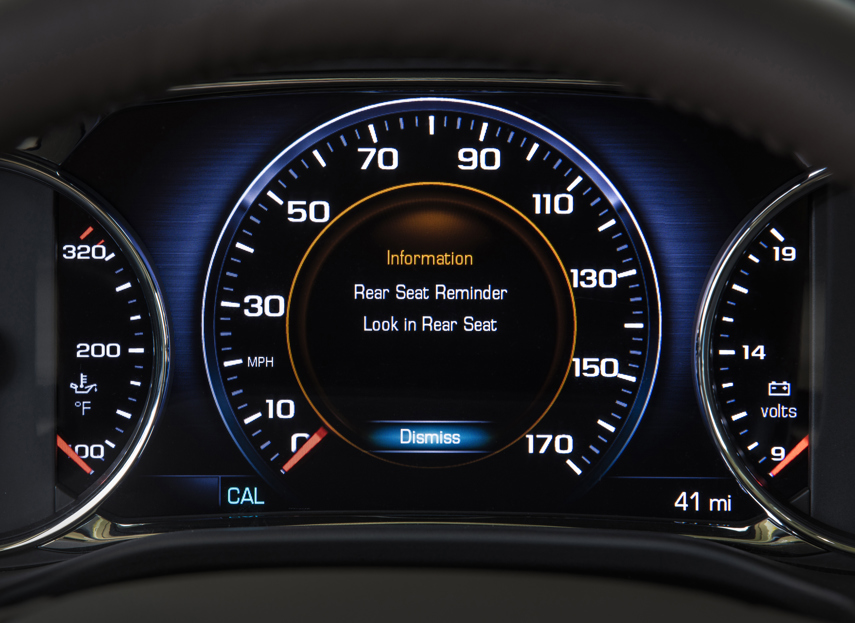
Rear Seat Alert
That Hyundai system isn't the only one to help keep kids (and pets) safe in the back seat. Children being forgotten in the back of hot cars is a serious problem. So multiple automakers have released warning systems to try and prevent it. The systems from Nissan and GM monitor the rear doors. Open a rear door before or during your trip? The car will give you a visual and audio alert when you turn it off to tell you to check that seat. Nissan's detects if you opened the rear door after shut off. Don't open the back door (to remove the passenger) and it'll start honking as you walk away. A very strong reminder.
Hyundai's system is a more high-tech option that uses an ultrasonic motion detector. It will honk the horn, flash the lights, and even send an alert to your phone through the BlueLink connected car system if you have that enabled.
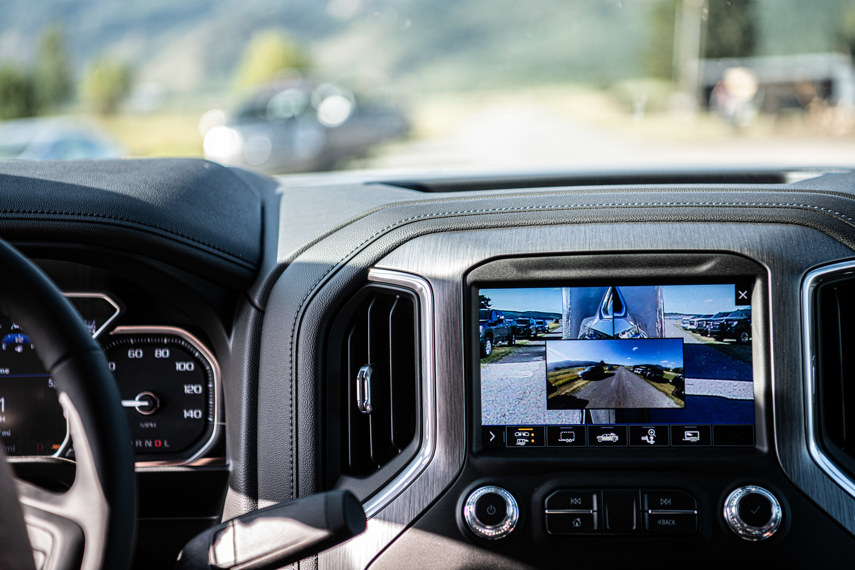
Transparent Trailer View
We've already talked about how the trailer blind-spot alert can make towing easier, but there's a system that can make that job even less stressful. Chevrolet and GMC have launched a new trailering camera system that lets you see through your enclosed trailer. Virtually, of course, it's not x-ray vision from the back of a comic book. A camera on the trailer combines images with cameras mounted in the side mirrors to let you see around and through where your trailer would be. Making driving less stressful and making reversing much safer and easier.
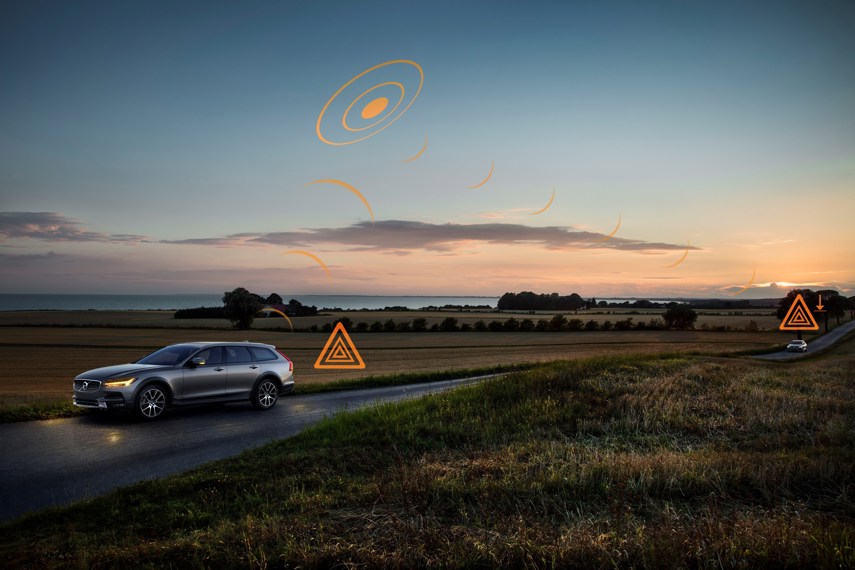
Slippery Road Alert
Wouldn't it be great if the last car to go down a road could let you know about hazards on that road? Like a patch of black ice, or that they had crashed and were blocking the path around a blind bend? With Volvo's Slippery Road Alert and Hazard Light Alert, that's exactly what happens.
It uses connected car tech to share info between cars. First, if a car's hazards are engaged, it alerts all nearby cars of the location. So they can slow down before arriving at the scene of the hazard. Secondly, it uses the car's sensors to detect road surface information. If stability control detects slippery conditions like ice, the system alerts nearby vehicles that the road they're approaching is slippery – potentially stopping collisions before they happen.
